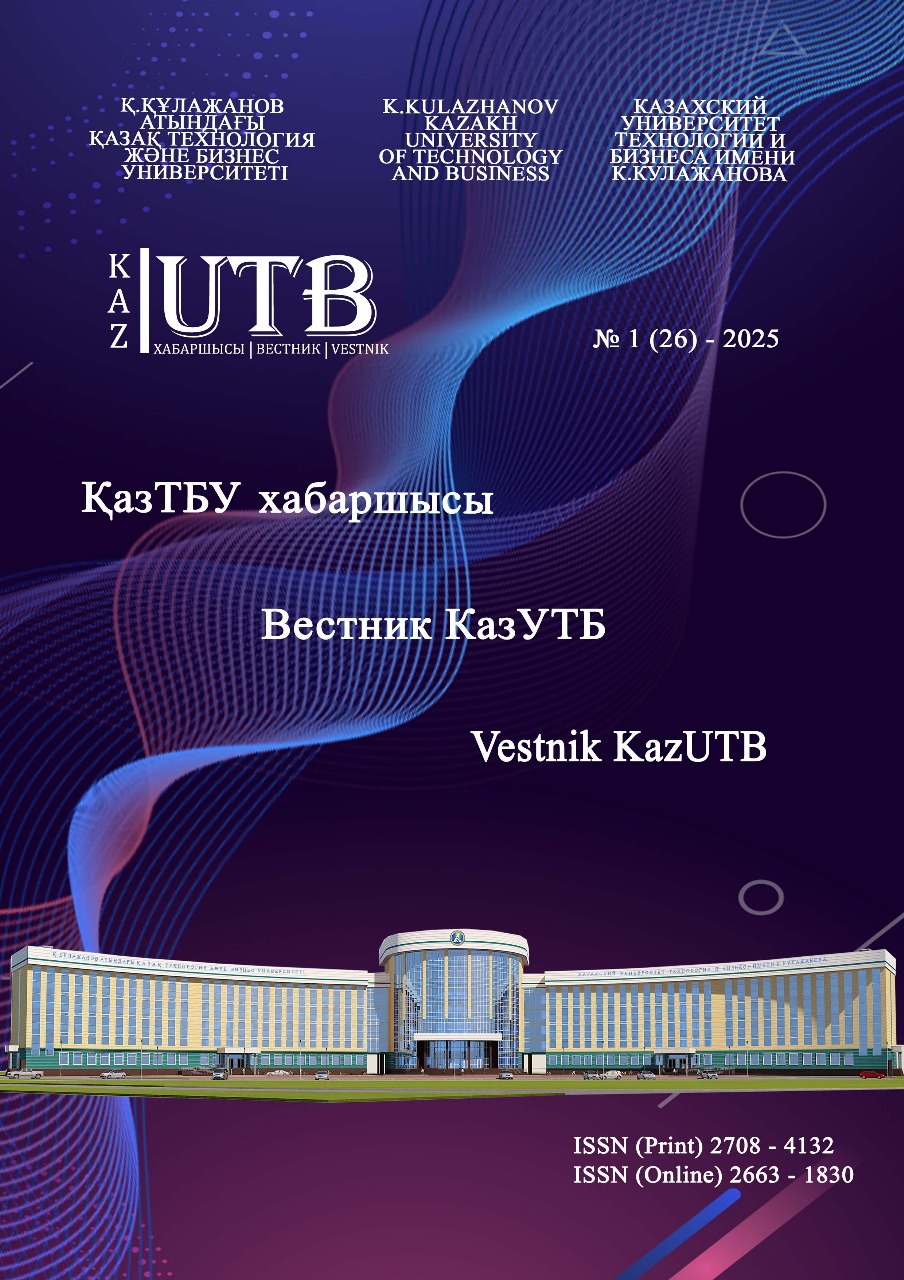Меню


Manufacturing and manufacturing industries
No. 1 (26) - 2025 / 2025-03-31 — Updated on 2025-03-31 / Number of views: 88
GEOLOGICAL AND PROSPECTING STUDIES OF THE ORDABASY SITE FOR THE PURPOSE OF PROSPECTING AND EVALUATION WORKS FOR COPPER ORE AND ASSOCIATED COMPONENTS
Authors
Keywords
geological study, ore, tectonics, geological development, geophysics, anomaly, copper
Link to DOI:
How to quote
Turgali А., Kozhakhmet Қ., and Gusmanova А. “GEOLOGICAL AND PROSPECTING STUDIES OF THE ORDABASY SITE FOR THE PURPOSE OF PROSPECTING AND EVALUATION WORKS FOR COPPER ORE AND ASSOCIATED COMPONENTS”. Vestnik KazUTB, vol. 1, no. 26, Mar. 2025, doi:10.58805/kazutb.v.1.26-705.
Abstract
This article examines the geological and prospecting characteristics of the Ordabasy site with an emphasis on prospecting and evaluation work on copper ore and related components. The study area is 15 km2, and although the site shows promise, a final assessment has not been carried out due to a lack of prospecting and evaluation work to form industrial reserves of copper and related components, while the forecast resources are classified according to category P3. The initial geological studies of this area were carried out in 1938-1946 and were associated with the study of the Atasui iron ore deposits. In the course of these works, geological maps of the northern part of the Atasui ore field, as well as geomorphological maps and maps of the surroundings of the Small Altai were compiled. For the first time in the region, the horizons of the Lower Devonian are highlighted: Karazhirik, Balkhash and Sarjali. The Texturmas formation of the Cambrian was also faunistically characterized, and the Pre-Paleozoic deposits were divided into formations and bundles. Prospects for gold, copper and polymetals have been determined, and facies have been identified in the Famennian deposits that are potentially promising for the search for lead-zinc ores of the stratiform type. On the basis of extensive cartographic and prospecting work, maps of pre-Paleozoic formations were constructed, the deposits of the Fransk, Famensk tiers and Lower Turneian sediments were fractionally dissected with the allocation of shallow and deep-water facies. A geochemical study of the area was carried out, new manifestations of ore mineralization were revealed, which justified the need to assess the deep horizons of the Uspenskoye copper deposit. Prospecting was carried out both in the process of geological survey work and in the course of specialized searches, which led to the identification of rare metal and copper mineralization associated with a small linear intrusion of granites. A significant area of mineralized rocks has been identified, which became the basis for the continuation of prospecting work at the site of the Spacious. Mineralization was assessed using various methods, including magnetic exploration and electrical exploration. Geophysical anomalies associated with the endo-exocontact of the granitoids of the Spacious massif and sedimentary rocks of the Lower Silurian were also found on the area. Most of these anomalies have not been sufficiently studied or verified at all.




